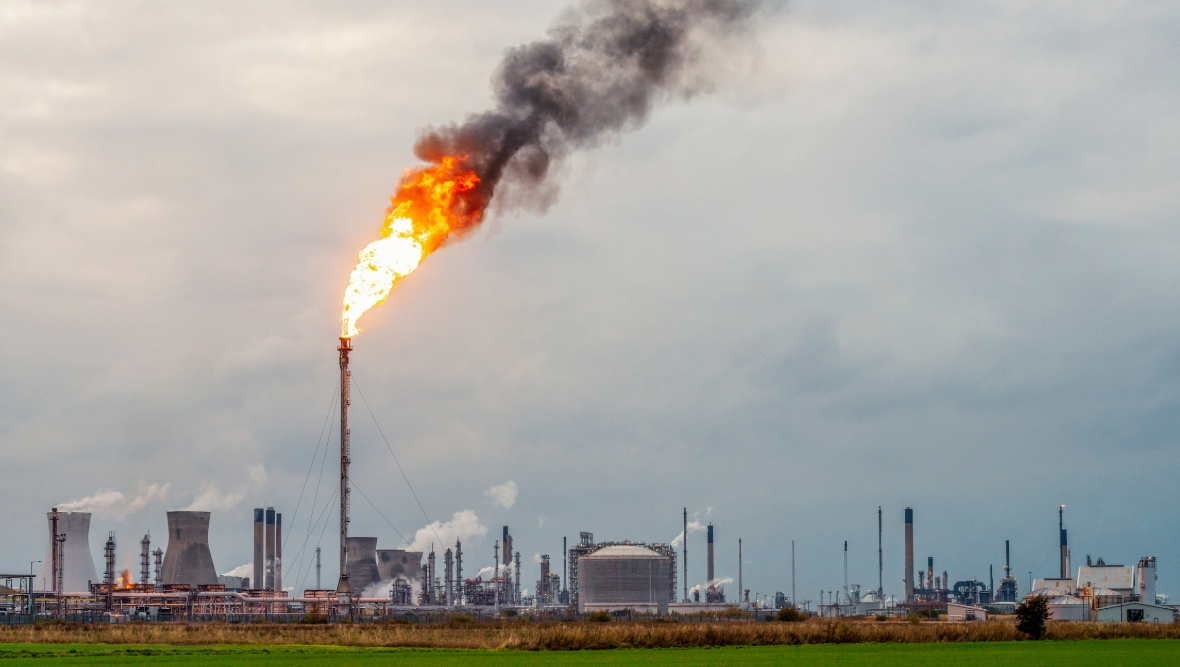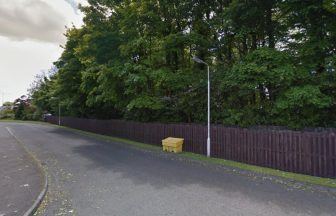New ground flares that aim to reduce the noise and pollution when flaring takes place at INEOS’ Kinneil Terminal could be in place by next year.
The petrochemical giant has submitted a planning application to Falkirk Council, seeking permission to replace the existing technology with new, enclosed ground flares (EGF) that it says will “improve reliability”.
The application also suggests that these new flares will reduce noise and will be better at hiding flames and visible smoke, while also reducing combustion related emissions produced.
Already this year Ineos has issued two apologies to residents in Grangemouth and Bo’ness after episodes of “unplanned flaring”, with locals reporting a ‘noosing noise’ coming from the plant.
Ineos had previously been warned by the environmental watchdog, SEPA, which wanted to see “improvements in the reliability and availability of ground flares and adoption of other techniques, recognised as Best Available Techniques, at Kinneil Terminal”.
A design statement submitted to Falkirk Council states: “The existing ground flares have proved unreliable and difficult to keep available over many years.”
While they admit they have limited ability to improve the current technology, Ineos FPS concluded that new EGFs will improve the environmental performance requirements, reliability and help prolong the life of the Forties pipeline system (FPS).
Kinneil Terminal was commissioned in 1975 by BP plc for North Sea crude oil stabilisation and gas processing and treatment. It was sold to Ineos FPS in 2017, who continue to run the terminal and employ approximately 90 staff.
Ineos says that flaring is essential to “provide a safe disposal route for hydrocarbon gases during plant upsets” and remove the potential for over pressure in the plant.
The new ground flares will not replace the existing high flares, which will still be needed from time to time. The application states that the new EGF’s will be designed to handle operational flaring and emergency flaring, including start-up, while anything above their capacity will be handled by the existing elevated flares.
The two new combustion chamber will be 23.8 m and 28 metres tall respectively, much taller than the ground flares currently in place.
The application explains: “Although this design is taller than the existing ground flares being replaced (14m), the height is required to meet environmental regulations to improve air quality without the need for steam injection, in order to reduce noise emitted.”
Follow STV News on WhatsApp
Scan the QR code on your mobile device for all the latest news from around the country


 iStock
iStock


























